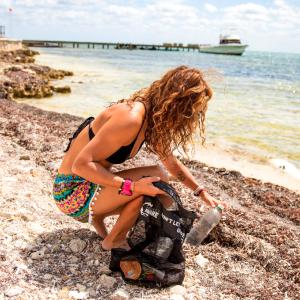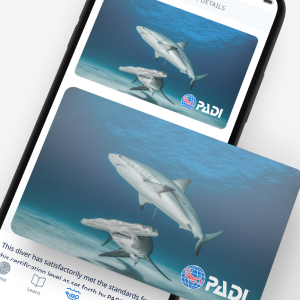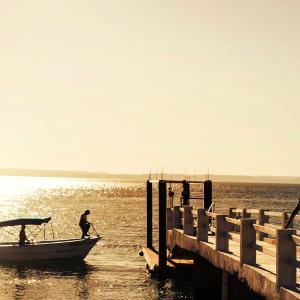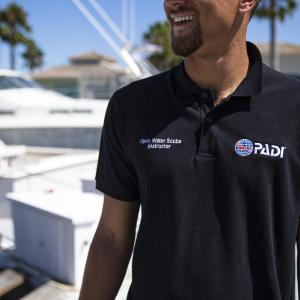Descrição
It’s called exposure protection because while scuba diving you’re not only exposed to water’s cooling ability but also to things that can scrape, cut or sting. Because water temperatures vary from really warm near the equator to icy cold in some areas, there are three basic styles of exposure protection – the wetsuit, dry suit, and body suit. Visit your PADI Dive Center or Resort to get more advice about exposure protection.
Wetsuits get their name because you still get wet while wearing one. Your body quickly heats the thin layer of water that gets in and you’re insulated from the cooler surrounding water by the wetsuit material. You choose your wetsuit style and thickness based on the water temperature where you’ll dive.
Standard Features
- Wetsuits are made from closed-cell neoprene with large, uniform bubbles that provide good insulating qualities. The neoprene is usually coated or lined with fabric or sprays to add strength and color, plus make it easier to slide into. Bare neoprene on the inside doesn’t slide on as easily, but does minimize water circulation within the suit.
- Wetsuit thickness is primary to warmth. Thicknesses start at 1 millimetre (mm) and progress up to 9 mm, with the most common being 3 mm (warm water), 5 mm (temperate water) and 7 mm (cold water) or a combination of these.
Wetsuit Styles
Style is also important to warmth and versatility.
- Shorties are one-piece suits that generally have short sleeves and thigh- or knee-length legs and cover your torso with around 3 mm of neoprene.
- Full body suits (jumpers or steamers) cover your arms and legs. They usually have either a long front or back zipper. They come with a variety of thicknesses for different water temperatures.
- Two-piece wet suits are popular because when you use the pieces together, you get double the insulation. You can also use the pieces separately, so you get two suits in one.
Optional Features
- An attached hood prevents cold water from flowing in through your wetsuit collar as you swim.
- Wrist and ankle seals minimize water entry and circulation inside a wetsuit.
- Ankle and wrist zippers make getting into and out of your wetsuit easier.
- A spine pad fills in the channel made by your spine, which reduces water flow. Lumbar or kidney pads protect your lower back.
- Kneepads are common, but you can also get elbow pads. Many suits have special anti-abrasion material on the shoulders and in the seat.
- Preshaped arms and legs (bent knees and elbows) add comfort and prevent the neoprene from having to stretch so much as you move around, which reduces wear and tear.
- Pockets are good for carrying things like slates or keys. Pockets usually are placed on wetsuit thighs, calves or arms. Some suits also have interior key pockets.
How to Choose
- The dive professional at your PADI Dive Center or Resort will ask you where you plan to dive most to determine what style of wetsuit will work of you.
- Find the appropriate size and try on several suits.
- Take your time. Pulling a wetsuit on for the first time may take a little effort – so work your way through it without rushing. However, if it’s a real struggle, perhaps you need a larger size.
- Evaluate the fit. A wetsuit should be snug, but not overly tight. There should be no big gaps anywhere.
- Narrow down your choice by fit and comfort. Then, make the final decision based on style, color, optional features and personal preference. A wetsuit is an investment that should last for several years, so choose wisely.
- If you just can’t find a wetsuit that fits well, it’s possible to order a custom one that’s measured and made specifically for you. Ask your PADI dive shop staff about custom suits.
Maintenance
You need to rinse, dry and carefully store your wet suit after diving. It may occasionally need a good wash and there are special wetsuit soaps available for the job. Store your wetsuit on a wide plastic or wooden hanger to avoid creasing in the shoulders. If you must fold it, do so gently with the zipper on top, or as directed by the manufacturer.







 Detritos Marinhos
Detritos Marinhos
 Proteção Contra Tubarões e Raias
Proteção Contra Tubarões e Raias
 Adote o Azul
Adote o Azul













